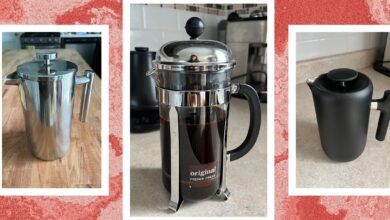Apple MacBook Pro (16 Inch, 2024) Review: More Power

Then there’s the display notch, where the webcam sits at the top of the screen. It’s still an eyesore—and during my testing, it covered up dialog boxes more than once. Also, the MacBook Pro fan has always been extremely loud under load, and it’s just as noisy today, and the power brick is still white, even if your laptop is Space Black.
These aren’t fresh concerns, and they’re all minor complaints next to a fresh, weightier concern: At 4.7 pounds, the MacBook Pro M4 feels very heavy—and sure enough, it’s a full half-pound heavier than the M3 Max version I reviewed exactly a year ago. However, inexplicably, it is still 19 millimeters thick. Where has that extra half a pound gone? Must be the tantalizing internal upgrades that are going to blow our minds, right?
Power Boost
The obvious upgrade is Apple’s new M4 Pro CPU, which is the mid-level offering between the standard M4 and M4 Max, not including a rumored M4 Ultra in 2025. The new features on the M4 silicon are too numerous and too nerdy to list here, but the short of it is that you’re getting more cores on both CPU (14 on this configuration) and GPU (20), and (also as configured here) 48 GB of unified memory, which is designed to speed up everything from video processing to DNA sequencing, if that happens to be your hobby.
Naturally, there’s the amply hyped, upgraded Neural Engine, now at 16 cores, designed to power on-device AI workloads (and the new Apple Intelligence) at three times the speed of the M1. My tested configuration also added a 2-terabyte solid-state drive, so this rig is about as loaded as it gets.
Aside from the motherboard, there are new features that may be more immediately visible—three to be exact. First, the USB ports support Thunderbolt 5 (120 Gbps/sec) for faster data transfer speeds. A new 12-MP webcam features “Desk View,” which lets you share a livestream of your desk while you’re screen-sharing. Lastly, there’s a “nano-texture” screen upgrade option, which is Applespeak for its glare reduction technology that debuted on the Studio Display. I have the feature on my test machine, and if nothing else in the MacBook Pro M4 gets you excited, this should. It makes the screen feel like you’re looking at a photograph. (The upgrade will cost you $150.)
Source link


